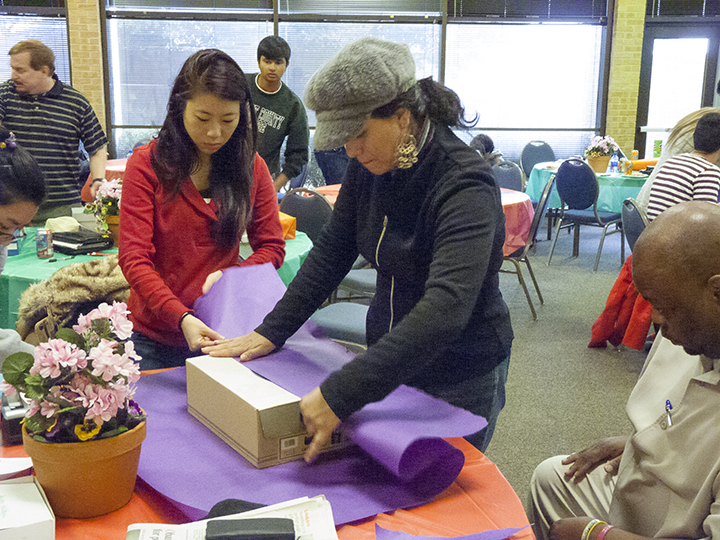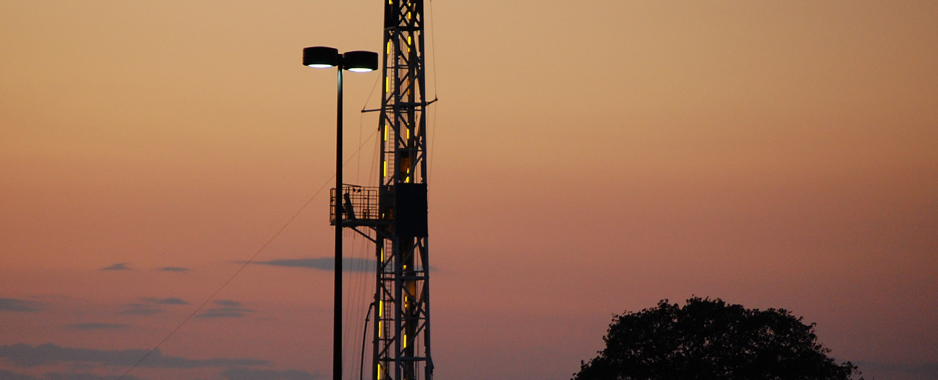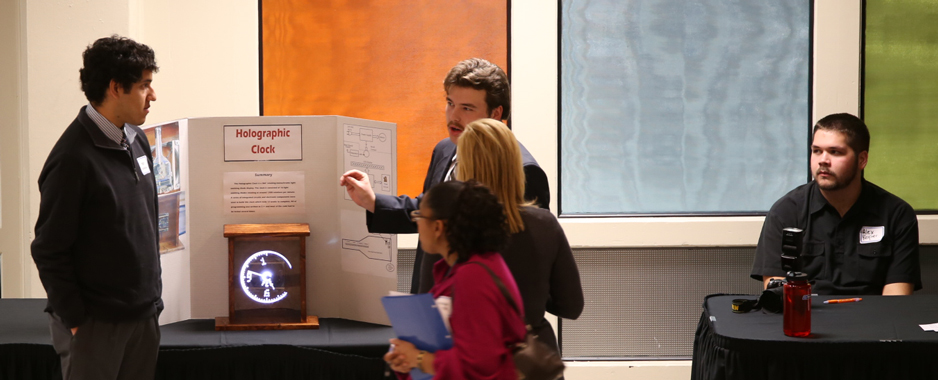by Riddick/reporter
The Centers for Disease Control and Prevention has identified sleep deprivation as an epidemic, a psychology associate professor told South students Dec. 1.
In Secrets to Better Sleep, Staussa Ervin discussed ways to combat sleep deprivation.
“If you take 10 adults and line them up across the room, six of us would be sleep deprived,” she said.
She defined sleep deprivation as “cumulative lack of sleep, not just one night or one weekend of reduced sleep.”
Insomnia, the inability to fall asleep and stay asleep, was also defined as a form of sleep deprivation. Ervin said 64 percent of adults suffer from insomnia.
Seven to eight hours of sleep per night is recommended for adults. This figure is “empirically and scientifically proven,” she said.
Insomnia and sleep deprivation can lead to serious health problems.
Half of the people diagnosed with insomnia suffer from anxiety or depression, Ervin said. This diagnosis leads to more people being prescribed and overprescribed medications such as Xanax, which is the No. 1 prescribed anxiety drug, when the lack of sleep should be addressed.
Other health disorders associated with insomnia and sleep deprivation include hypertension, obesity, diabetes and congestive heart failure.
Ervin said causes of sleep deprivation vary. Light pollution, artificial sources of light (cellphones, laptops, high-wattage light bulbs, etc.) contributing to changes in the body’s production of serotonin and melatonin, is one of the main causes of sleep deprivation. Serotonin and melatonin are both vital hormones needed to regulate sleep patterns within the body.
Light pollution in the evening creates a false sense of daylight hours, in turn continuing serotonin production, which doesn’t allow the brain to begin the process of going to sleep.
To combat light pollution, Ervin suggested beginning the winding down process around 8 p.m.
“People should turn off overhead lights and turn on lamps using a low-wattage bulb” to start the melatonin creation process.
She said the goal is to get the body “in line with the day and night shifts of the earth” and “getting on the appropriate schedule” following sleep patterns aligned with the sun and the moon, such as being awake in the day and asleep at night.
Ervin said societal changes causing varying work and school schedules make following these patterns difficult, which can lead to greater dangers.
“We’ve shifted our living to something that’s unnatural to us,” she said. “That’s why we’re living these unnatural lives and having people show up to college and shoot a bunch of people because we’re so mixed up with our days and nights and what we should do and what we shouldn’t do.”
Ervin offered tips for getting adequate rest to those unable to get to sleep at 8 p.m.
Avoiding caffeine after 3 p.m. will aid in fighting sleep deprivation, Ervin said. It takes six hours to eliminate half of one’s daily intake.
Using calming colors in the bedroom, blues, earth tones, etc. will aid in the wind-down process at night.
A well-balanced diet and reducing or eliminating sugary foods and alcohol intake also help bring sleep, Ervin said.




























